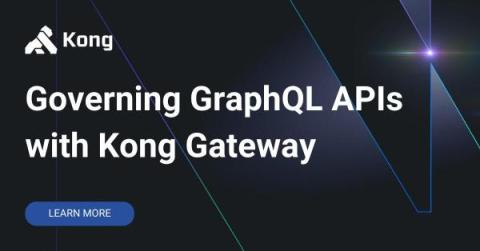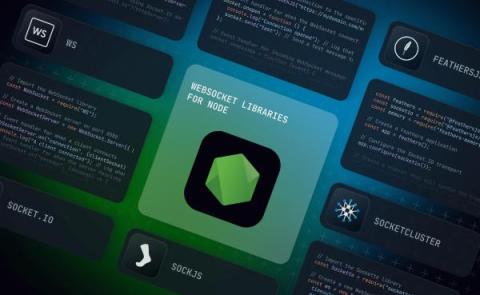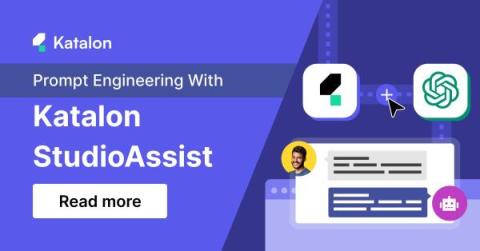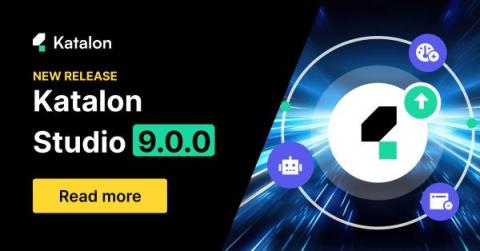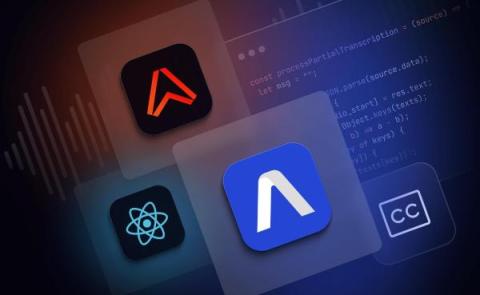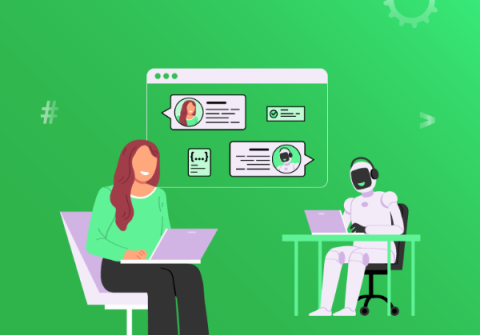Systems | Development | Analytics | API | Testing
Blog
8 Best WebSocket Libraries For Node
As a developer, choosing the right Websocket Node library to integrate into your realtime application project can be a humbling experience. You are faced with a lot of choices that offer different capabilities and features that will allow you to build scalable and efficient applications. However, given the constantly changing landscape, a crucial question remains: have you selected the most suitable one? Are there other options that could enhance your project even more?
Cartrack Fleet Integration with Linx
Cartrack is widely used for fleet management, and they offer a web service to manage jobs, customers and drivers. This post covers how you can integrate your system and the Cartrack API with Linx. The idea is to provide a base template solution to make it easier to integrate with the Cartrack API. Bring your integration requirement, add your system connectors and call the Cartrack API with the provided functions.
Mastering Prompt Engineering: Unleashing the full potential of StudioAssist in Katalon Studio
In the world of test automation, tools like Katalon Studio have revolutionized how we approach software testing. But what if we could take it a step further? Enter StudioAssist, a next-generation AI-powered coding companion feature designed to elevate your programming experience within Katalon Studio. Leveraging the power of Generative Pre-trained Transformers (GPT) and the robust foundation of Katalon Studio, StudioAssist doesn't just assist; it empowers.
Katalon Studio 9.0.0 Release
Studio 9.0.0 includes StudioAssist and an essential overhaul of its fundamental libraries. Today, we are excited to announce the release of Katalon Studio 9.0.0 This release introduces a significant revamp of Studio’s core libraries and includes the addition of StudioAssist.
How to Enforce API Usage Policies
One of the most difficult aspects of creating an API service for public consumption is the balance between developer control and user freedom. Ensuring that users can leverage an API to new heights requires a certain amount of freedom, both in modality of usage and in applicability of the use case. The security of underlying systems and the API itself relies on controlling this usage and ensuring a level of control for the greater good.
Build a realtime closed-caption system in React, AssemblyAI and Ably
Closed-captioning for television systems was first demonstrated in the early 1970s. Realtime closed-captioning was developed later in the early 1980s. Here, stenotype operators who type at speeds of over 225 words per minute provide captions for live television programs, allowing the viewer to see the captions within two to three seconds of the words being spoken was developed later in the early 1980s.
How Integrate.io Helps You Build Powerful Salesforce Pipelines
Closing the Gap: A Guide to Enhancing Your QA Strategy
Beyond the hype: Assessing ChatGPT & LLMs for software testing
Artificial Intelligence (AI) is rapidly evolving, and one of the prominent breakthroughs is OpenAI's ChatGPT, which has gained considerable attention. As AI and Large Language Models (LLMs) like GPT-3/4 gain prevalence, various industries are exploring their potential, including software testing. Integrating AI into test management tools seems enticing.


